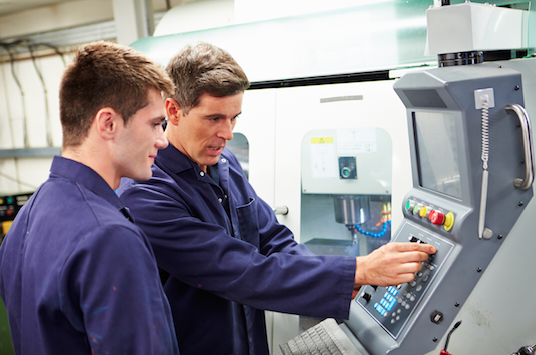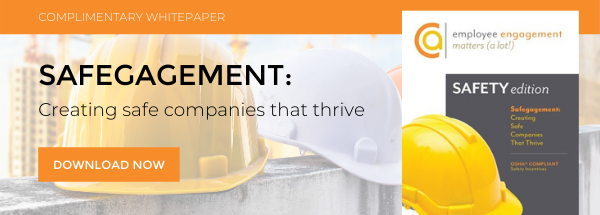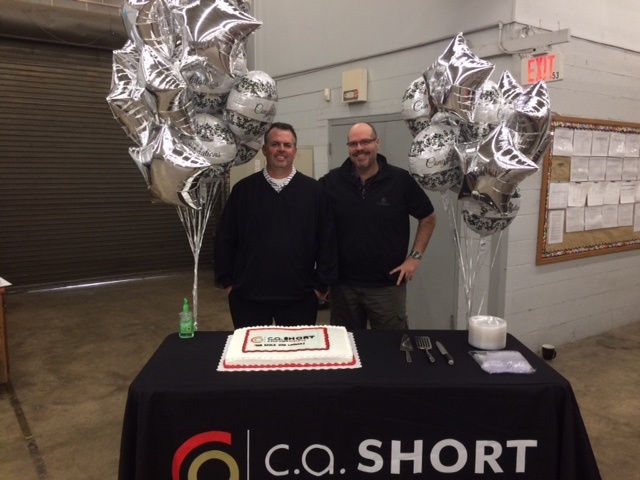Recently, we introduced you to Safegagement™. A key component to building a safe and engaging environment, leading indicators promote continuous improvement by drawing attention to successes—both big and small. Today, however, we will be focusing on the second component -- Comprehensive Training.

The Second Safegagement™ Component
Much like our first component, the second in our series draws attention to the physical, mental and emotional needs of your workforce. Known as comprehensive training, it’s the sum of the educational advantages you offer employees, which allow them to build upon their strengths, while also helping to create new abilities they can utilize both on and off the job.
In today’s world, we operate within one of the most diversified work environments ever known. So, when it comes to workplace safety, it should come as no surprise that videos, pamphlets and seminars just aren’t enough anymore. However, for some employers, it can be hard to understand the gravity of the situation.
It Goes Beyond Safety
Simply put, passive approaches are unable to garner the same results they once did. This is why attention should be paid to delivering on-the-job, area-specific training that is built on a team’s ability to work together. The more a team can relate, the more engrained the lesson’s overall message will become. That’s why these types of active educational tools instill the confidence employees need to take on a more engaged role in the company, while also placing the right amount of emphasis on their individual safety and the safety of those around them.
These changes can ultimately make all the difference, as businesses spend $170 billion annually on costs associated with occupational injuries and illnesses, which are expenditures that come straight out of corporate profits. Workplaces that have established safety and security cultures, however, can reduce their injury and illness costs by 20 to 40%. Even more important than cost is the fundamental need to protect employees. Employee well-being, as well as employee retention and brand protection, are tied to workplace safety.
Consistency Is Key
From quarterly evaluations to weekly team meetings or annual training sessions, the most important piece of information to keep in mind is that these efforts must be ongoing. This allows the team to build a more permanent skillset that revolves around the latest tactics and techniques. By preparing employees in this manner, you better position them to enhance their overall perception of potential hazards and issues in the environment. It’s a level of commitment that cannot be taught through an introductory video.
By actively educating and interacting with employees, rather than simply talking at them, you’re able to build another layer of Safegagement™. When you couple this with the first component, you're beginning to build the foundation of a safe and engaging work environment.
In our next blog, we’ll strengthen this foundation by discussing our third of five components, Positive Reinforcement. If you missed the introduction to this series of blogs, be sure to check out our previous entry on Safegagement™ and Leading Indicators here. It will give you a thorough background into the research and insight that went into creating this powerful concept.
C.A. Short Company partners with companies to manage, drive and facilitate increased employee engagement to increase financial performance, productivity, quality, and core performance outcomes. Our process and research-based platform enables executives and managers to engage their teams to increase the bottom line, motivate staff, and incentivize positive behavior. To Request a Complimentary Consultation, click here.






.jpg)


.png)
SHARE